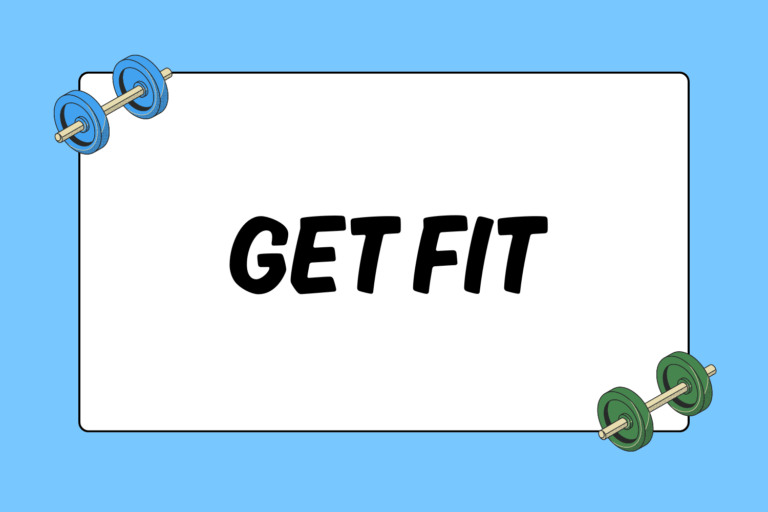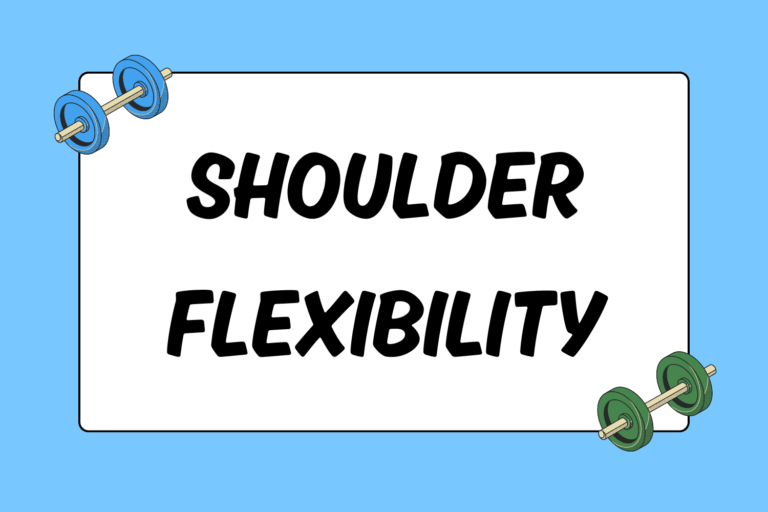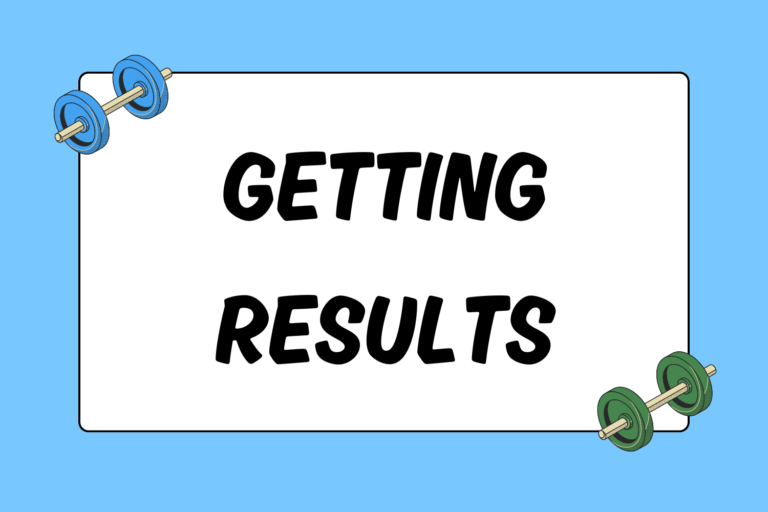Stability balls, also referred to as Swiss balls, are one of today’s top fitness tools. This inexpensive piece of equipment can improve the strength of your abs, lower back, butt, thighs, and more.
Using the stability ball creates an unstable surface, forcing you to engage your core throughout every exercise in order to maintain your balance. The constant shifts your body will have to make to maintain your form and position result in improved balance, coordination, and flexibility. The stability ball can be used alone, with free weights, or in combination with a medicine ball.
Fun Fact:
The Swiss ball was originally used in the 1960s by physical therapists and chiropractors in Switzerland, who used the ball for rehabilitation treatments. It was brought over to the US in the early 1980s, where its use stretched far beyond rehab. In the late 1980s coaches and personal trainers saw the effectiveness of using the Swiss ball to develop balance and core strength.
While it is still used for physical therapy today, the stability ball is now used in gyms across the world as part of a regular workout routine. Everything from resistance training to weightlifting and stretching can be done using the stability ball
Size Matters
Before you run out and buy a stability ball, make sure you know what size is best for your height. You can test the ball’s size by sitting on a fully inflated ball with your knees bent and feet flat on the floor. Your hips should be level with or just slightly higher than your knees, and your knees should be bent at 90-degree angles.
Below are the size recommendations based on users’ heights. The heights of stability balls are listed in centimeters (cm) and represent the diameter of the balls:
- 55 cm: For users 4 feet, 11 inches to 5 feet, 4 inches tall.
- 65 cm: For users 5 feet, 5 inches to 5 feet, 11 inches tall.
- 75 cm: For users 6 feet to 6 feet, 7 inches tall.
I Have My Ball…Now What?
The following exercises are performed without weights, using only bodyweight resistance. They can be done as a complete workout or added into an existing routine.
Double Leg Drop & Reach
This exercise targets the abdominal and core muscles.
- Lie flat on your back. Place the ball between your ankles and lift your legs up so your heels are pointing to the ceiling.
- Lift your shoulders up off the floor and extend your arms straight up to the ceiling. This is your beginning position.
- Lower both your arms and legs simultaneously; engage your abdominals and keep your spine in a neutral position. As you return to your starting position, grab the ball with your hands and repeat the movement.
- Continue to alternate holding the ball between your feet and hands for 25 reps, or until your abdominals have reached their limit.
Oblique Crunches
This exercise targets the waist by working the oblique muscles. While this exercise can feel awkward at first, it is an amazing oblique workout that increases your range of motion.
- Find a wall and start next to it. With the ball directly under one hip, lie sideways on your ball. Place your feet wide apart against a wall with your toes pointing in the same direction of your gaze. Make sure your hips are stacked one on top of the other.
- Place your hands behind your head and slowly extend your torso down the side of the ball.
- Once you get to the bottom of that motion, exhale, squeeze through the obliques, and lift yourself back up towards the ball. Lead with your elbows. As you lift yourself up, try to bring your lowest rib to your hip.
- Slowly lower yourself back to your starting position. This is one repetition. Repeat 15-25 times, then switch sides.
Push-ups on the Ball
Targeting your pectoral (chest) muscles and arms, this variation of a regular push-up adds intensity by forcing you to use your core muscles to stabilize your body throughout the movement.
- Standing with the ball directly in front of your shins, place your hands on the floor and roll yourself forward until you get into a push-up position with only your shins on the ball and your hands placed on the floor directly under your shoulders.
- Lower your chest to the floor and return to starting position for the completion of one rep.
- Advanced exercisers should start with their shins on the ball, while beginners should modify this position by starting with their thighs on the ball to decrease the difficulty of this exercise.
Bridges on the Ball
This exercise targets the hamstrings and gluteal muscles.
- Lay down on your back. Place your lower calves or Achilles tendons on the ball.
- With your arms at your sides, slowly roll your hips up and off the floor. Lift one vertebra at a time until you reach a bridge position with your hips lifted off the floor. Should you feel any pain in your knees, re-adjust your position by bringing the ball in closer towards your body by starting with your mid-calves on the ball. You should maintain a nice diagonal line from your ankles to your shoulders. It is important that you place your weight on your shoulders, not your neck.
- Hold this position by engaging your abs and glutes. Beginners should start by holding this position for 20 seconds before slowly returning to the floor. Lower yourself back to the floor one vertebrae at a time.
- Repeat 20 repetitions.
Hot Tip: Increase the Difficulty
To increase the difficulty, while maintaining the bridge position with your hips lifted off the floor, bring your knees in towards your body and slow back to starting position. It’s important to focus on keeping your hips lifted throughout the exercise.
In & Outs/Pike
This exercise engages the arms, shoulders, chest, abdominals, and core.
- Begin this exercise in a push-up plank position. Lie with your shins on the ball and hands placed directly under your shoulders
- Pull your belly button up towards your spine as you slowly roll the ball in, bringing your knees toward your chest then return to starting position.
- For an extra challenge, you can turn this move into a pike. Instead of bending your knees in, keep your legs straight and slowly roll the ball in. You should try and bring the ball in far enough so that as you come up, your tailbone points to the ceiling. Slowly return to starting position.
- Repeat this exercise for 10-15 repetitions.
Wall Squats
Wall squats are a great exercise to strengthen and tone the quadriceps muscles. Using the stability ball for this exercise helps maintain proper alignment. It also massages the spine throughout the movement.
- Find a wall and stand next to it, with you back to the wall.
- Remain standing and place the stability ball between your mid-back and the wall. Angle your body by stepping your feet forward (keeping the ball behind your back). You want to place your feet far enough away from the wall that when you squat down into a sitting position, your knees are directly over your ankles.
- Bend your knees and lower yourself into a squat. Make sure you press your lower back against the ball and engage your abdominals.
- Hold the position for 20 seconds before slowly returning to starting position. Repeat 25 times.
Superman
The superman exercise targets the gluteal muscles, hamstrings, and inner thighs.
- Lie face down on the ball, placing your hands into the floor directly beneath your shoulders. Your hip bones and lower abdominals should be pressed into the ball.
- Turn your toes out, and lift your legs up as you squeeze your gluteal muscles. The trick to this exercise is lifting just high enough to feel the burn in your hamstrings and butt, but not too high to engage the lower back.
- Lift and lower your legs 25 times. While you hold your legs up at the top of the motion, gently pulse your heels inward and outward for a count of 50.
Ready, Set, Go!
These exercises offer a great total body workout that focuses on strengthening your core. They are a sample of the many exercises you can do to increase your flexibility and strength, while toning your muscles using the stability ball.





